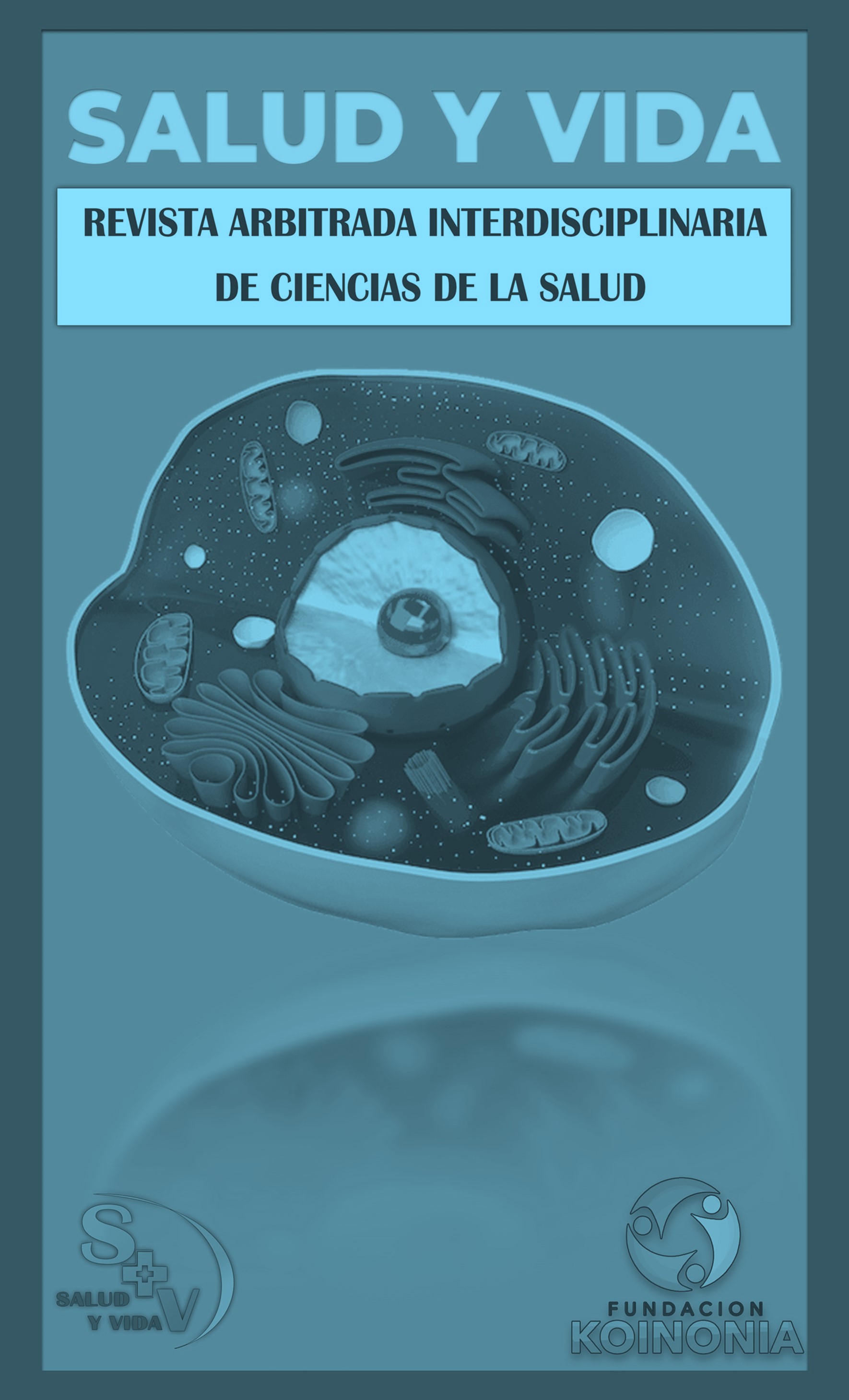Frecuencia de eventos adversos durante la atención de enfermería al paciente crítico
DOI:
https://doi.org/10.35381/s.v.v9i2.4775Palabras clave:
Eventos adversos, cuidados de enfermería, seguridad del paciente, paciente crítico, prevención, (Fuente: DeCS).Resumen
Objetivos: Identificar los principales factores influyentes en enfermería que se correlacionan directamente con la seguridad del paciente y aumentan la frecuencia de eventos adversos. Método: Investigación epidemiológica descriptiva mediante revisión bibliográfica de artículos científicos publicados entre 2018-2022, consultando términos DeCS en bases de datos electrónicas principales. Resultados: El trabajo de enfermería y las condiciones laborales se relacionan directamente con la incidencia de eventos adversos. Los errores en administración de medicamentos y vigilancia de pacientes muestran mayor correlación. La sobrecarga laboral aumenta la probabilidad de errores. Conclusiones: Las intervenciones enfocadas en mejorar condiciones laborales, ambiente de trabajo y dotación de insumos mejoran la calidad del trabajo y previenen eventos adversos relacionados con medicación.
Descargas
Citas
Schwendimann R, Blatter C, Dhaini S, Simon M, Ausserhofer D. The occurrence, types, consequences and preventability of in-hospital adverse events – a scoping review. BMC Health Serv Res. 2018;18(521):1–13.
Dall'Ora C, Ball J, Reinius M, Griffiths P. Burnout in nursing: a theoretical review. Hum Resour Health. 2020;18(1):41.
Okpalauwaekwe U, Tzeng H. Adverse Events and Their Contributors Among Older Adults During Skilled Nursing Stays for Rehabilitation: A Scoping Review. Patient Relat Outcome Meas. 2021;12(1):323–37.
Muller M, Jurgens J, Redaëlli M, Klingberg K, Hautz W, Stock S. Impact of the communication and patient hand-off tool SBAR on patient safety: a systematic review. BMJ Open. 2018;8(8):e022202.
De Leo A, Di Simone E, Sapano A, Puliani G, Petrone F. Nursing Management and Adverse Events in Thyroid Cancer Treatments with Tyrosine Kinase Inhibitors. A Narrative Review. Cancers (Basel). 2021;13(23):5961.
Nguyen E, Winokur E. Immunotherapy Adverse Events: An Emergency Nursing Perspective. J Emerg Nurs. 2019;45(6):699–706.
Chaboyer W, Harbeck E, Lee B, Grealish L. Missed nursing care: An overview of reviews. Kaohsiung J Med Sci. 2021;37(2):82–91.
Mieiro D, Camargo É, Pagotti R, Miniel V, Zem S, Machdo R. Strategies to minimize medication errors in emergency units: an integrative review. Rev Bras Enferm. 2019;72(1):307–14.
Vaismoradi M, Tella S, Logan P, Khakurel J, Vizcaya F. Nurses' Adherence to Patient Safety Principles: A Systematic Review. Int J Env Res Public Health. 2020;17(6):2028.
Clifford K, Copeland A, Knutzen G, Samuelson E, Grove L, Schiavo K. Brentuximab Vedotin: A Nursing Perspective on Best Practices and Management of Associated Adverse Events. Clin J Oncol Nurs. 2018;22(4):103–14.
Menezes H, Milhome A, Santana V. Adverse Events in Emergency Department Boarding: A Systematic Review. J Nurs Sch. 2021;53(4):458–67.
Santana C, Brito V. Adverse Events in Anesthesia: An Integrative Review. J Perianesth Nurs. 2019;34(5):978–98.
Almenyan A, Albuduh A, Al-Abbas F. Effect of Nursing Workload in Intensive Care Units. Cureus. 2021;13(1):e12674.
Hada A, Coyer F. Shift-to-shift nursing handover interventions associated with improved inpatient outcomes–Falls, pressure injuries and medication administration errors: An integrative review. Nurs Health Sci. 2021;23(2):337–51.
Liukka M, Steven A, Vizcaya M, Arja S, Khakurel J, Pearson P, et al. Action after Adverse Events in Healthcare: An Integrative Literature Review. Int J Env Res Public Health. 2020;17(13):4717.
Bressan V, Cadorin L, Pellegrinet D, Bulfone G, Stevanin S, Palese A. Bedside shift handover implementation quantitative evidence: Findings from a scoping review. J Nurs Manag. 2019;27(4):815–32.
Publicado
Cómo citar
Número
Sección
Licencia
Derechos de autor 2025 Flor Lorena Pilatasig-Loma, Adisnay Rodríguez-Plasencia, Ariel José Romero-Fernández

Esta obra está bajo una licencia internacional Creative Commons Atribución-NoComercial-CompartirIgual 4.0.
CC BY-NC-SA : Esta licencia permite a los reutilizadores distribuir, remezclar, adaptar y construir sobre el material en cualquier medio o formato solo con fines no comerciales, y solo siempre y cuando se dé la atribución al creador. Si remezcla, adapta o construye sobre el material, debe licenciar el material modificado bajo términos idénticos.
OAI-PMH: https://fundacionkoinonia.com.ve/ojs/index.php/saludyvida/oai.









